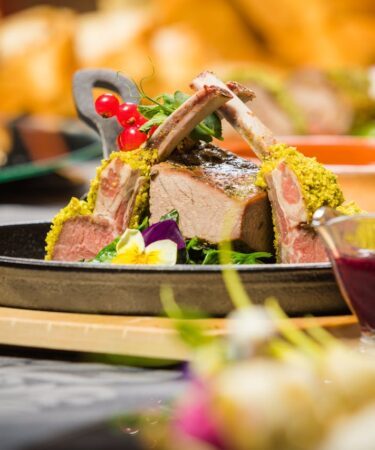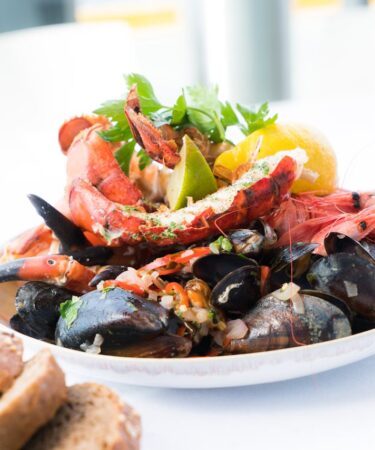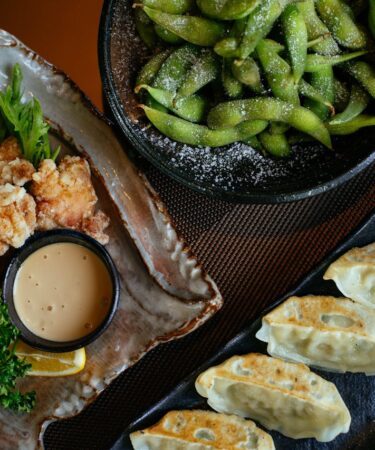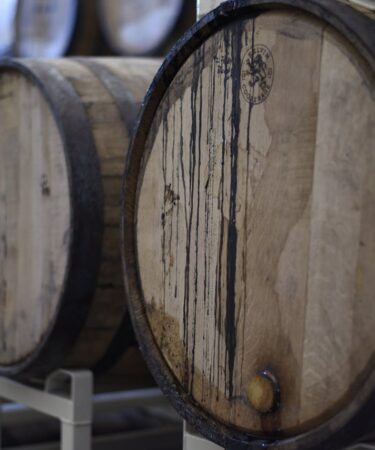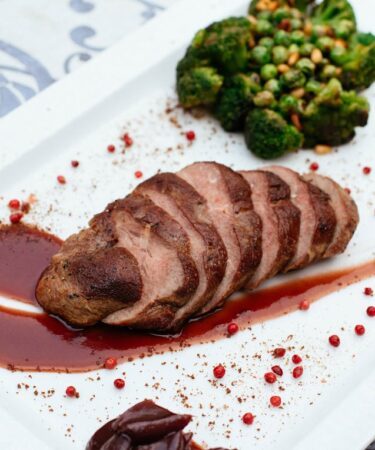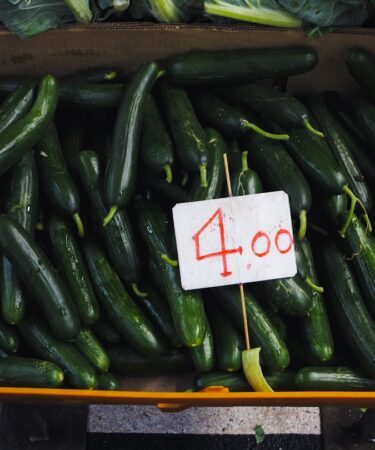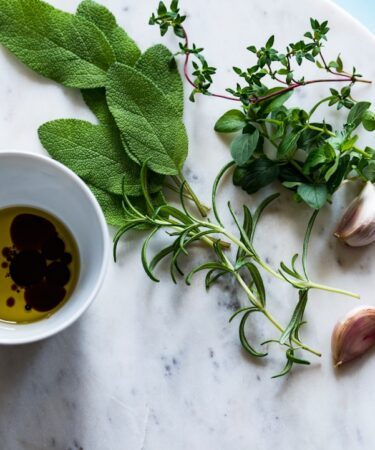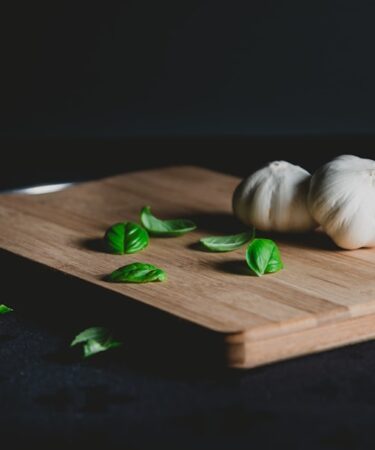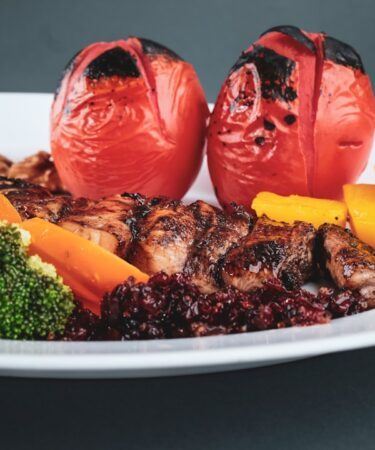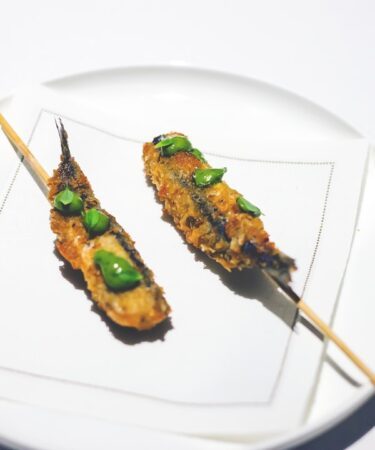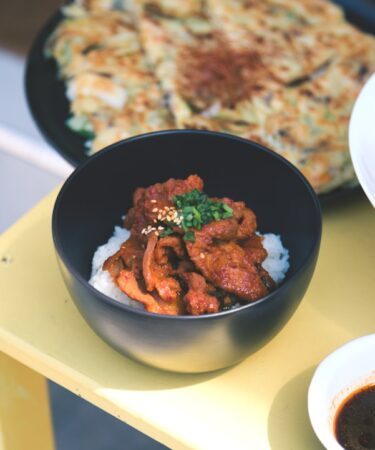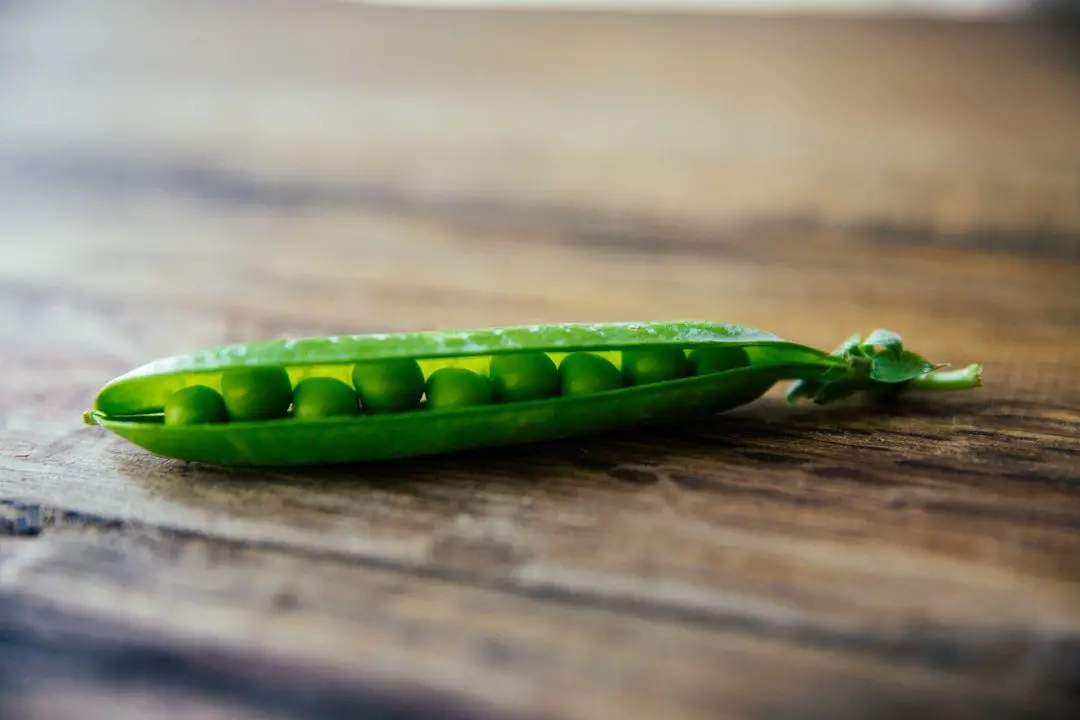Cabbage soup has a long and rich history, dating back centuries. It is believed to have originated in Eastern Europe, where cabbage was a staple crop. Cabbage soup was a popular dish among peasants due to its affordability and availability. Over time, it spread to other parts of Europe and eventually made its way to …
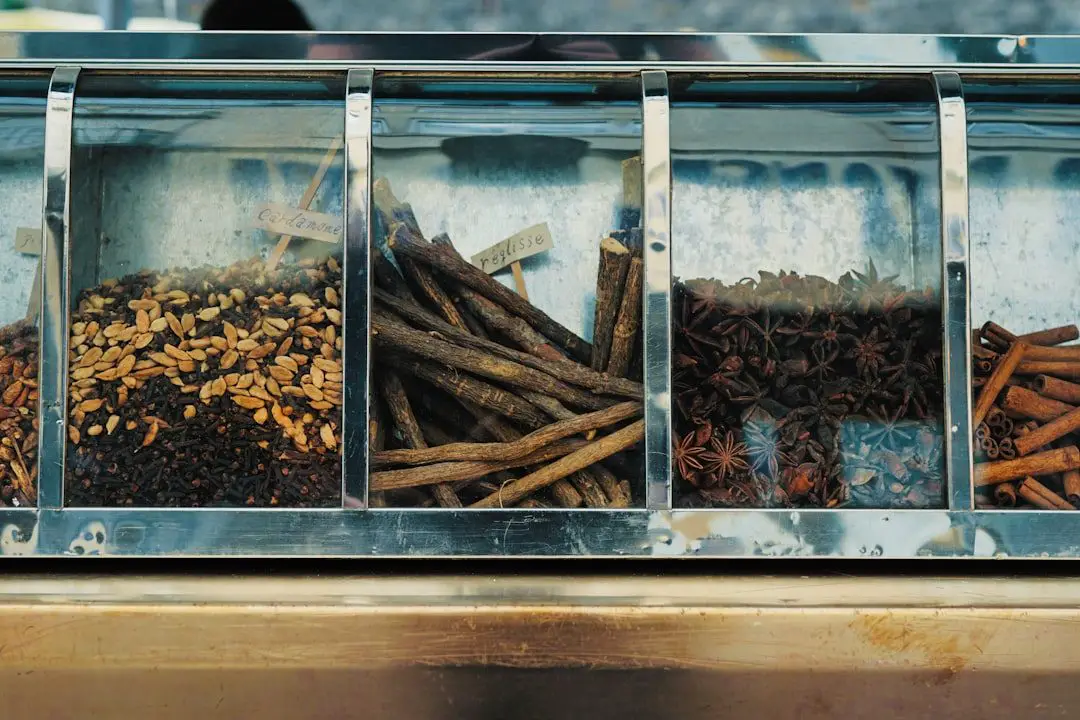
Mastering the Art of Adobo: Elevate Your Dishes with These Spices
Adobo is a beloved dish in Filipino cuisine that has gained international recognition for its unique flavors and cooking techniques. It is considered the national dish of the Philippines and holds a special place in the hearts and stomachs of Filipinos everywhere. Adobo has a rich history that dates back to the pre-colonial era, making …
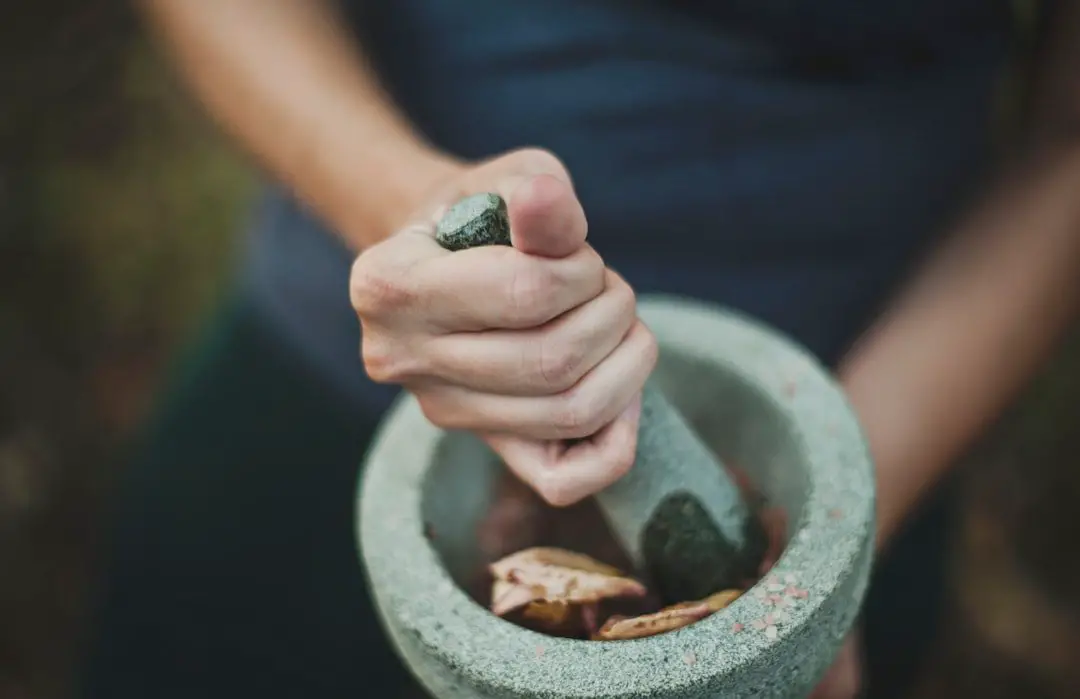
The Versatility of Dried Basil: A Culinary Must-Have
Dried basil is a versatile herb that is commonly used in cooking and baking. It adds a unique flavor and aroma to dishes, making it a popular choice for many recipes. Whether you are making a pasta sauce, a salad dressing, or a batch of cookies, dried basil can be the perfect addition to elevate …
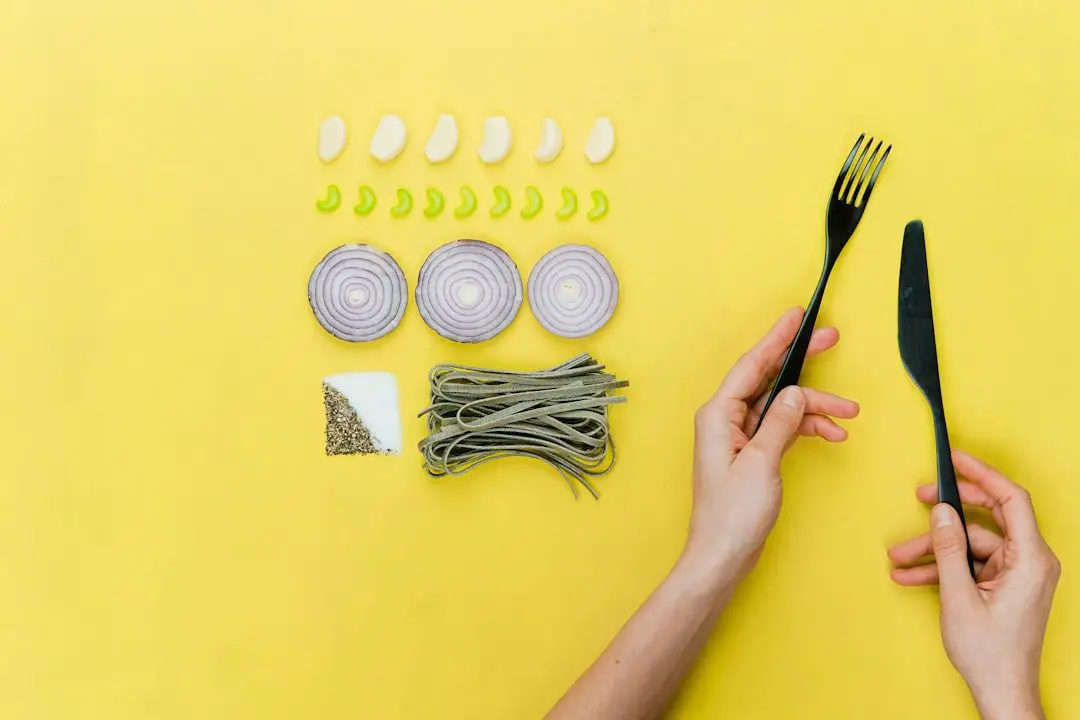
Spice Up Your Recipes with Allspice
Allspice is a unique and versatile spice that adds a warm and complex flavor to a wide range of dishes. It is often described as having a combination of flavors, including hints of cinnamon, nutmeg, and cloves. In this article, we will explore the origins and uses of allspice in cooking, its cultural significance, health …

Mastering the Art of Spice Blends: A Guide to All Powdered Spices
Spices are essential ingredients in cooking that add flavor, aroma, and color to dishes. They have been used for centuries to enhance the taste of food and create unique culinary experiences. Spice blends, also known as spice mixes or masalas, are combinations of spices that create unique and complex flavors. These blends are used in …

Spice Up Your Recipes with Dried Ancho Pepper
Dried ancho pepper is a popular ingredient in many cuisines around the world. Its unique flavor and versatility make it a staple in Mexican cooking, and it has gained popularity in other cuisines as well. The dried ancho pepper is known for its rich, smoky flavor and mild heat, making it a favorite among both …

Dill-icious: Exploring the Versatility of Dill Herbs
Dill is an herb that has been used for centuries in various cultures around the world. It is believed to have originated in the Mediterranean region and has since spread to other parts of Europe, Asia, and North America. The herb is known for its feathery leaves and delicate yellow flowers, which give it a …
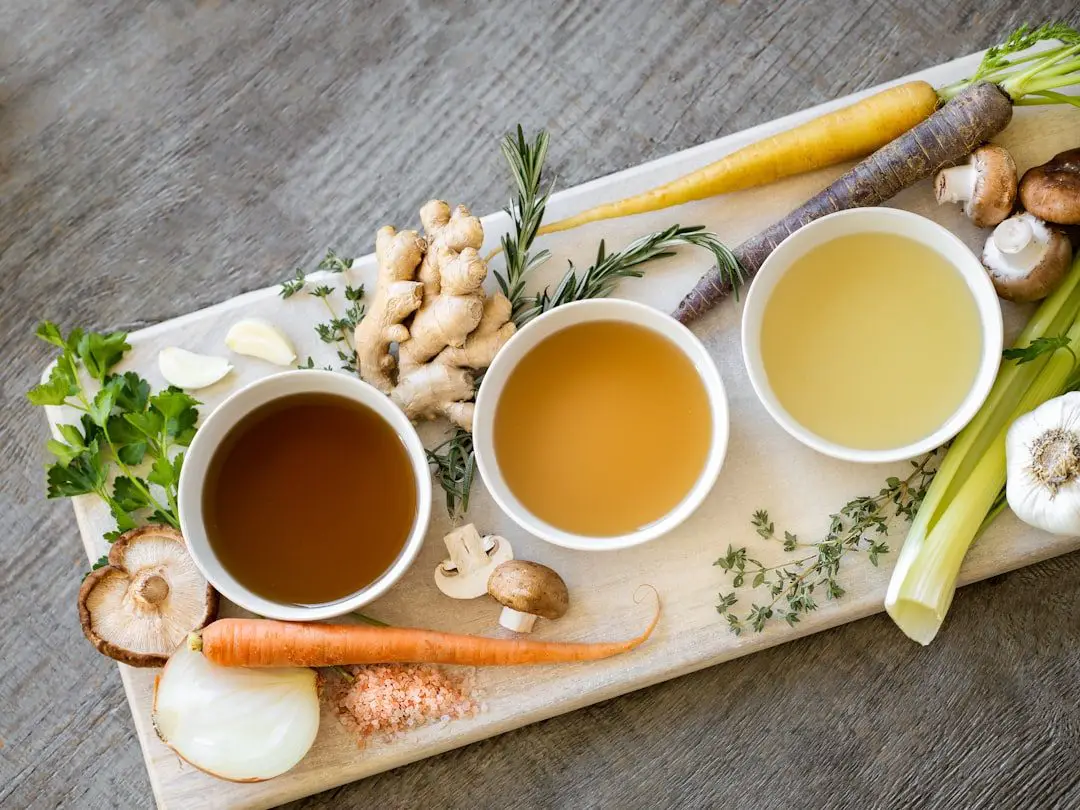
Garlic Dicing: The Secret to Enhancing Your Culinary Skills
Garlic is a staple ingredient in many dishes, and dicing it properly can make a big difference in the flavor and aroma of your food. Whether you’re making a pasta sauce, stir-fry, or soup, dicing garlic allows for more even distribution of its flavor throughout your dish. In this blog post, we’ll explore the benefits …
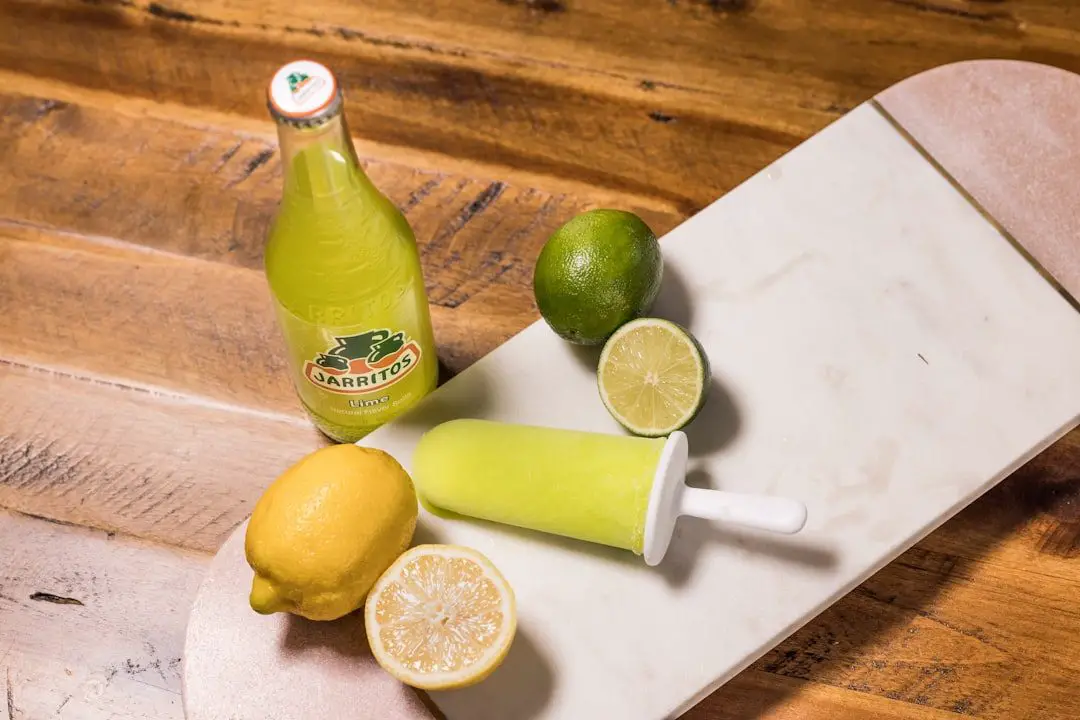
Discover the Delightful Anise Flavor in Your Favorite Foods
Anise is a versatile and aromatic spice that is known for its licorice-like flavor. It is commonly used in both sweet and savory dishes, as well as in beverages and cocktails. In this article, we will explore the history of anise, its health benefits, and its various culinary uses. Whether you are a seasoned chef …

Spice Up Your Fall with Apple Cider Mulling
Apple cider mulling is a delicious fall tradition that has been enjoyed for centuries. This warm and comforting drink is made by simmering apple cider with a variety of spices, creating a flavorful and aromatic beverage that is perfect for chilly autumn days. In this article, we will explore the history of apple cider mulling, …

